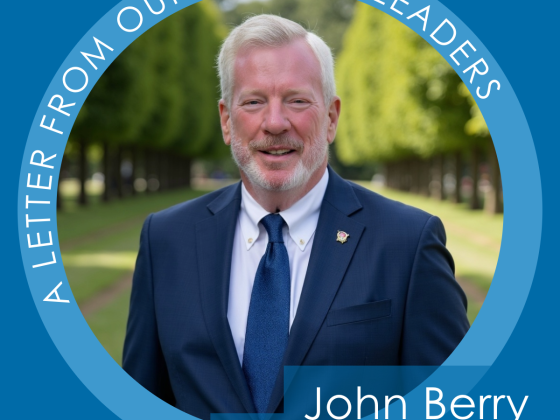By John Berry, President of the Society of St. Vincent de Paul USA
America is facing a homelessness crisis. In some respects, the issue is politicized (and thus vulnerable to partisan gridlock) — particularly regarding law and order, drug policies, and how best to address inequalities. But here’s the good news: This is a crisis we can solve together.
Recent polling suggests Americans fundamentally agree on both the nature of the crisis and solutions to it. And homelessness prevention policies show great promise in helping those among us who are living on the edge. During the election, there was a great deal of focus on the economy and those who continue to struggle to pay their bills each month. Now, in the spirit of fresh starts with a new administration, here is an agenda offering a unique approach that reflects consensus thinking among the public and can go far towards ending homelessness in America.
Broad Agreement
The National Alliance to End Homelessness conducted a national public opinion poll through Morning Consult at the beginning of June. It found that Americans see eye-to-eye in key respects concerning the causes of homelessness and how it ought to be treated. Survey respondents agreed that:
- Homelessness today is driven by economic factors as much as personal ones. In a marked shift from previous polls, about as many people attributed homelessness to economic factors like inflation and rising housing costs as to drug and alcohol abuse or mental illness.
- The problem cannot be solved by increased law enforcement or government programs. Over 80% of respondents agreed that more policing will not solve the homelessness crisis; approximately half of those polled also doubted the effectiveness of governmental or federal efforts.
- Homelessness is best addressed at the local level. Almost three quarters of those surveyed expressed confidence in the efforts of the homelessness services sector, nonprofits, and faith-based organizations to solve homelessness. And 68% of respondents were confident in local efforts — a number that drops to 62% and 55% at the state and national levels, respectively.
More than three-quarters of respondents also agreed with the statement, “homelessness is solvable, but it requires a level of leadership and investments that elected officials are hesitant to make.” The public broadly agrees, in short, that homelessness is a complex crisis demanding coordinated effort—and that the surest way forward is to empower initiatives and services at the local level.
Prevention Is Worth a Pound of Cure
These findings align closely with something my organization, the Society of St. Vincent de Paul, has encountered in working with unhoused populations around the country: The people most in need of assistance are often the most reluctant to seek out or accept government assistance. Just consider: How many times have they been marginalized, disqualified, or pushed into some position of humiliating dependence on their way to the street? Little wonder that people who have lost everything might carry skepticism about authorities or be disinclined to jump through bureaucratic hoops!
Instead, effective programs for helping the currently unhoused or the at-risk can only be built on relationships. The state is fundamentally ill-equipped for that sort of person-to-person encounter, which is why nonprofits and voluntary organizations must lead the way.
This is where homelessness prevention programs come in. Prevention programs are flexible and personalized, so they can help to cover rent and pay utilities, procure food or childcare, help with employment searches, and negotiate with landlords. According to a recent study conducted by Notre Dame’s Lab for Economic Opportunities (LEO), persons who received an average of $2,000 in emergency financial assistance were “81 percent less likely to become homeless within six months of enrollment and 73 percent less likely within 12 months.” Support goes a long way in fighting homelessness, in other words, when it is individually tailored and personally delivered.
The Way Forward
So, what is to be done? To start, we ask the Trump Administration to include homelessness prevention as part of its economic agenda to improve the lives of Americans who are often forgotten. This includes supporting initiatives at the state and local levels, and using the bully pulpit to show the benefits of working together to addressing the causes of homelessness before it starts.
This is not a plea to turn on a firehose of federal money. Homelessness prevention programs are highly cost effective, particularly in comparison to the status quo. (Just think: the state of California alone has spent $24 billion on homelessness in the past 5 years. That would have covered $2,000 emergency prevention grants to 12 million at-risk people, or about 20 times the number of people currently homeless nationwide!)
But the truth is, we do need many more resources to fight homelessness at the local level, and Americans agree: 71% of survey respondents said that local homelessness prevention lacks resources to make the needed impact. The federal government can help with funding, of course, but it can also encourage giving and facilitate local initiatives among the vast network of private, nonprofit and public organizations that help so many Americans each day. It’s time, in short, to rediscover the great American principle of federalism: the idea that problems can and should be solved at the local level.
John Berry
President, Society of St. Vincent de Paul USA


The American principal of Federalism (the idea that problems can and should be solved a the local level) can also be called the Catholic principal of subsidiarity